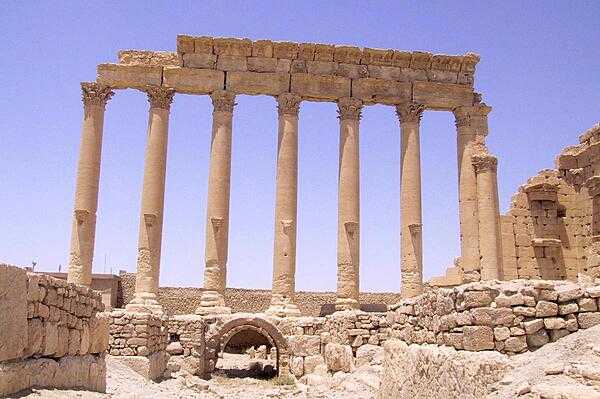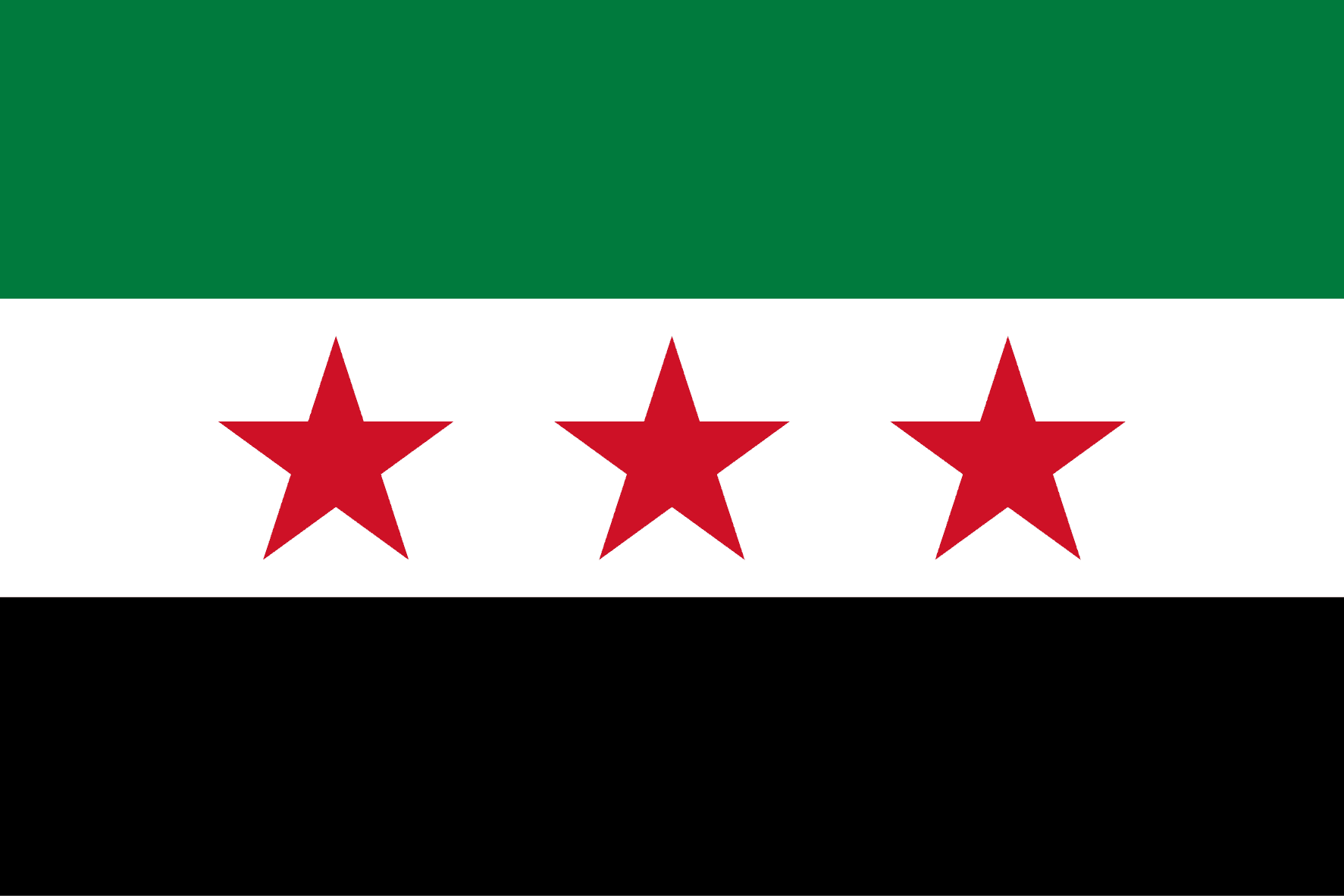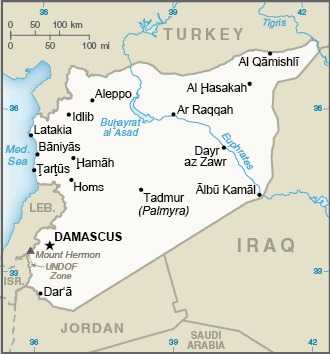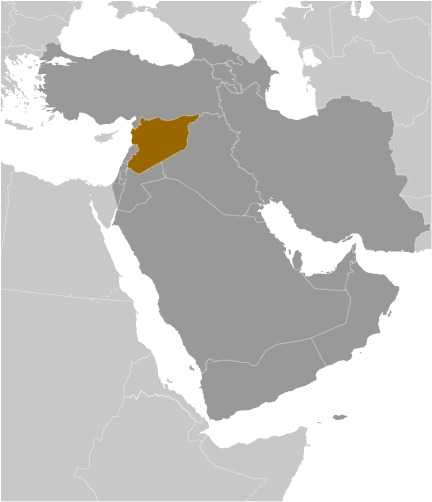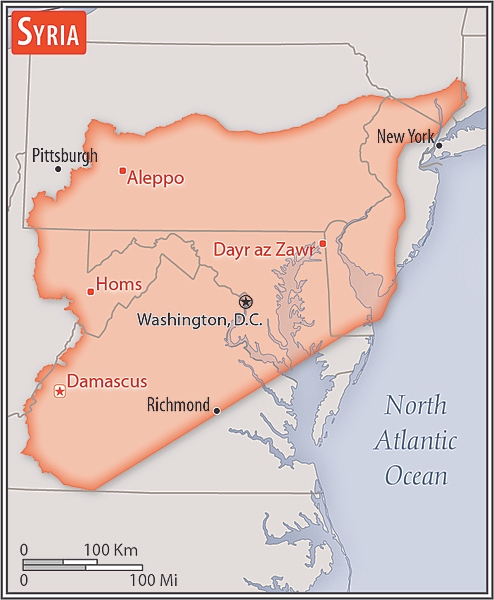Introduction
Visit the Definitions and Notes page to view a description of each topic.
Geography
People and Society
Population
comparison rankings: total 57; male 57; female 58
Median age
comparison ranking: total 178
Population growth rate
comparison ranking: 56
Birth rate
comparison ranking: 57
Death rate
comparison ranking: 214
Net migration rate
comparison ranking: 147
Maternal mortality ratio
comparison ranking: 122
Infant mortality rate
comparison ranking: total 92
Life expectancy at birth
comparison ranking: total population 137
Total fertility rate
comparison ranking: 60
Obesity - adult prevalence rate
comparison ranking: 35
Alcohol consumption per capita
comparison ranking: total 176
Environment
Carbon dioxide emissions
comparison ranking: total emissions 84
Government
Economy
Real GDP (purchasing power parity)
comparison ranking: 97
Real GDP growth rate
comparison ranking: 201
Real GDP per capita
comparison ranking: 179
Inflation rate (consumer prices)
comparison ranking: 210
GDP - composition, by sector of origin
comparison rankings: agriculture 1; industry 174; services 176
Industrial production growth rate
comparison ranking: 189
Labor force
comparison ranking: 70
Unemployment rate
comparison ranking: 167
Youth unemployment rate (ages 15-24)
comparison ranking: total 20
Gini Index coefficient - distribution of family income
comparison ranking: 138
Debt - external
comparison ranking: 74
Energy
Electricity
comparison rankings: installed generating capacity 67; consumption 86; exports 83; transmission/distribution losses 156
Energy consumption per capita
comparison ranking: 143
Communications
Telephones - fixed lines
comparison ranking: total subscriptions 39
Telephones - mobile cellular
comparison ranking: total subscriptions 71
Broadband - fixed subscriptions
comparison ranking: total 68
Transportation
Merchant marine
comparison ranking: total 144
